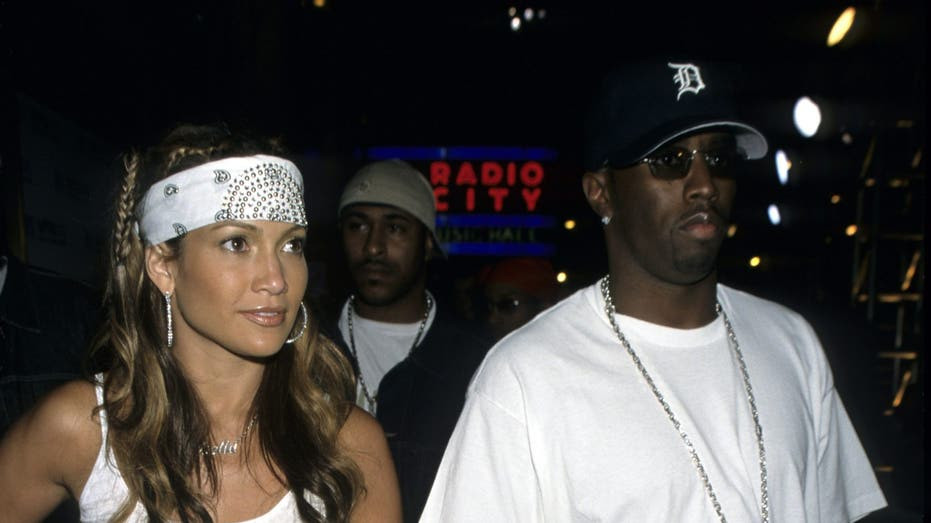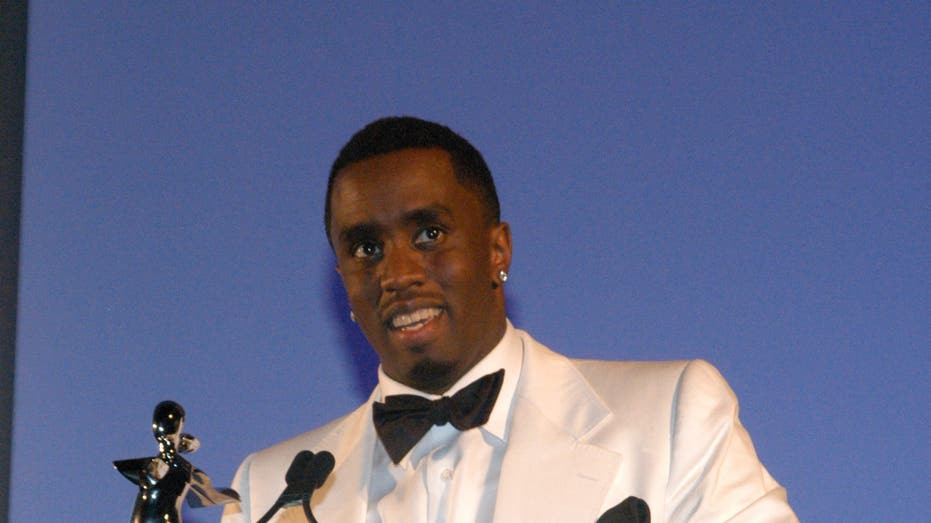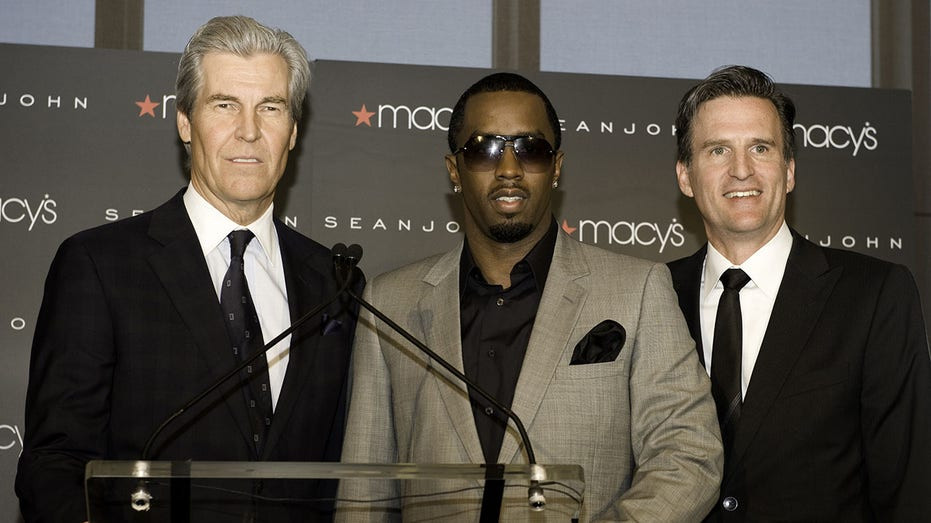Sean “Diddy” Combs, a name synonymous with music and entrepreneurship, is facing turbulent times. Recent raids on his properties in Los Angeles and Miami, linked to a human trafficking investigation, coupled with numerous lawsuits, have cast a shadow over his empire, particularly his fashion venture, Sean John Company. This article delves into the journey of Sean John, from its meteoric rise to its current precarious position in the fashion industry.
 Sean Diddy Combs under investigation
Sean Diddy Combs under investigation
Launched in 1998, Sean John company emerged from humble beginnings within Combs’ Bad Boy Records. What started as a “tour product” for artists like Jay-Z and Busta Rhymes quickly evolved into a pioneering force in fashion. In a 2018 GQ interview, Combs recounted the initial skepticism from retailers who pigeonholed the brand as “urban” and questioned its longevity due to its celebrity association. However, Combs’ vision was unwavering. He aimed to infuse the swagger of urban fashion into mainstream culture, challenging established brands.
 Close up of Sean
Close up of Sean
Ted Jenkin, president of Exit Stage Left Advisors, highlighted the brand’s impeccable timing and Combs’ ambition to elevate hip-hop artists within the fashion world, seeking parity with established labels like Tommy Hilfiger. The debut sportswear collection at Bloomingdale’s was a resounding success, embraced by celebrities and expanding into suits and high fashion. A defining moment was Jennifer Lopez’s iconic appearance at the 2000 MTV VMAs, sporting a white Sean John ensemble, cementing the brand’s place in pop culture.
 Jennifer Lopez and Sean
Jennifer Lopez and Sean
Further solidifying its influence, Sean John broke ground in 2001 by simulcasting its New York Fashion Week show on E! and Style Network, a first of its kind. Combs recalled Anna Wintour acknowledging the brand’s excitement revitalizing fashion week. Financial backing followed, with Yucaipa Companies investing a reported $100 million in 2003. The brand’s ascent continued, marked by a premium denim line and CFDA awards, culminating in Combs becoming the first Black man to win the menswear award in 2004, surpassing established brands like Michael Kors and Ralph Lauren. Combs emphasized the award’s significance in validating Sean John as a legitimate fashion brand, transcending celebrity endorsement. His investment in Zac Posen further signaled his commitment to high fashion.
Strategic partnerships like the 2010 exclusive sportswear deal with Macy’s expanded Sean John company’s reach. By 2016, retail sales reached $450 million annually. That year, a 90% stake was sold to Global Brands, envisioned as a move to tap into the millennial market globally. However, the partnership encountered turbulence, with Combs suing Global Brands in 2021 over copyright infringement related to the “Vote or Die” slogan. Global Brands declared Chapter 11 bankruptcy that same year, citing COVID-19 impacts. Combs reacquired Sean John in 2021 for $7.551 million, aiming to revive the brand. He expressed his vision to build upon Sean John’s legacy in the evolving streetwear landscape.
 Sean
Sean
Despite regaining control, Sean John company struggled to regain its former glory. Macy’s began phasing out the brand in fall 2023. Jenkin noted the brand’s declining relevance with consumers, stating “The brand lost its swagger.” Currently, Sean John is absent from Macy’s website. While Google searches may surface items, links redirect to “no longer available” pages. Macy’s in-store links lead to generic men’s fashion pages, and internal site searches yield the same result. Walmart’s online store still lists Sean John items, often heavily discounted or in limited sizes.
 Chairman, President and CEO, Macy
Chairman, President and CEO, Macy
The brand’s Instagram page is currently empty, and the official website features a simple landing page stating, “I got my name back,” referencing Combs’ birth name and brand inspiration. Jenkin suggests that due to recent events, Sean John’s presence may be relegated to scattered online retailers like Walmart.
 Sean Combs smiling
Sean Combs smiling
As Sean Combs navigates serious legal allegations, the future of Sean John company hangs in the balance. While Combs denies wrongdoing, the brand, already facing declining popularity, faces an uphill battle for revival. Jenkin acknowledges the possibility of a comeback narrative but remains cautious, citing the brand’s pre-existing decline. The unfolding legal drama adds another layer of uncertainty to the fate of Sean John company.
In conclusion, Sean John company, once a symbol of hip-hop’s influence on high fashion and a testament to Sean Combs’ entrepreneurial acumen, is now at a crossroads. The brand’s struggle to maintain relevance, compounded by the legal challenges facing its founder, presents a complex and uncertain outlook for its future in the competitive fashion landscape.

